Экипировка скуба дайвера
не так сложно, как может показаться
Основное оборудование для скубадайвинга.
Люди, хотящие стать дайверами, часто откладывают воплощение этого желания на потом, так как они считают, что это слишком дорого. Цена полного водолазного комплекта может легко достичь тысячи долларов, даже если включает только основное оборудование. Обучение для первоначальной сертификации, как правило включает в себя стоимость аренды снаряжения. После сертификации элементы оборудования могут быть сданы в аренду. Брать оборудование в аренду – это один из выходов для новичков. Однако многие опытные дайверы также продолжают арендовать оборудование, а не покупают его из-за, например, правил перевозки багажа авиакомпаний, из-за ктоторых бывает дешевле оставить своё снаряжение дома, а на новом месте взять в аренду в дайв-центре.
Вот некоторые основные элементы, которые будут введены в течение вашего обучения:
- Баллон со сжатым воздухом.
- Утяжелители.
- Устройство управления плавучестью («жилет» BCD или ВС).
- Регулятор для балансировки давления.
- Маска.
- Ласты.
- Трубки.
- Гидрокостюм.
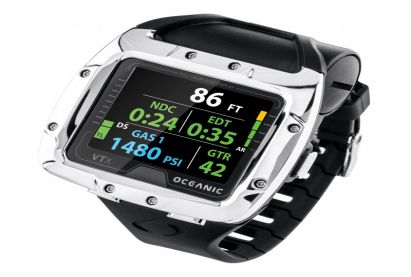
Позаботьтесь о своём снаряжении!

 Русский
Русский
 English
English Ελληνικά
Ελληνικά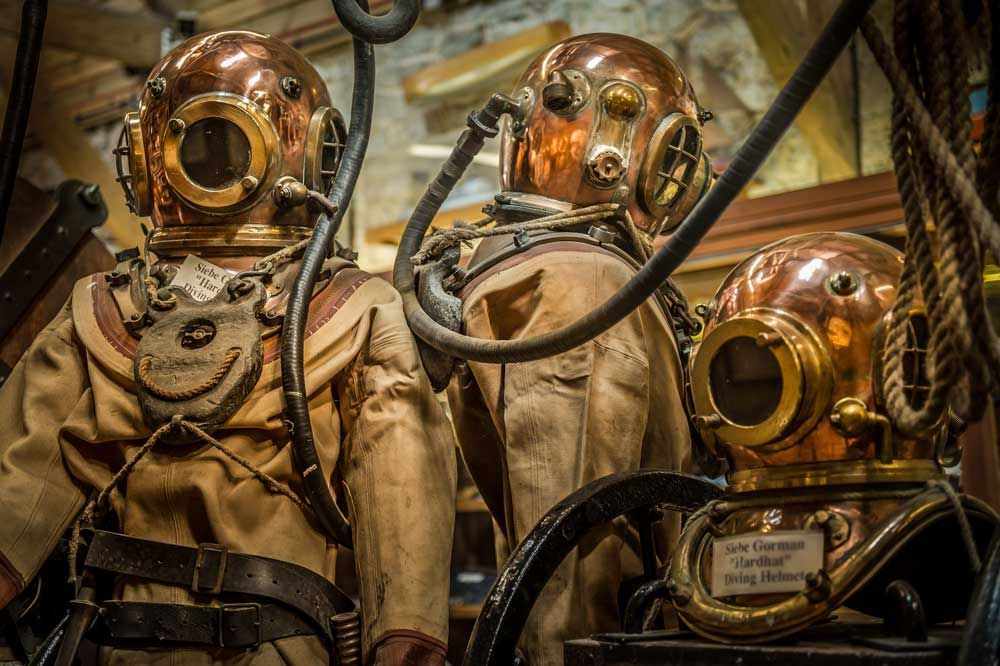
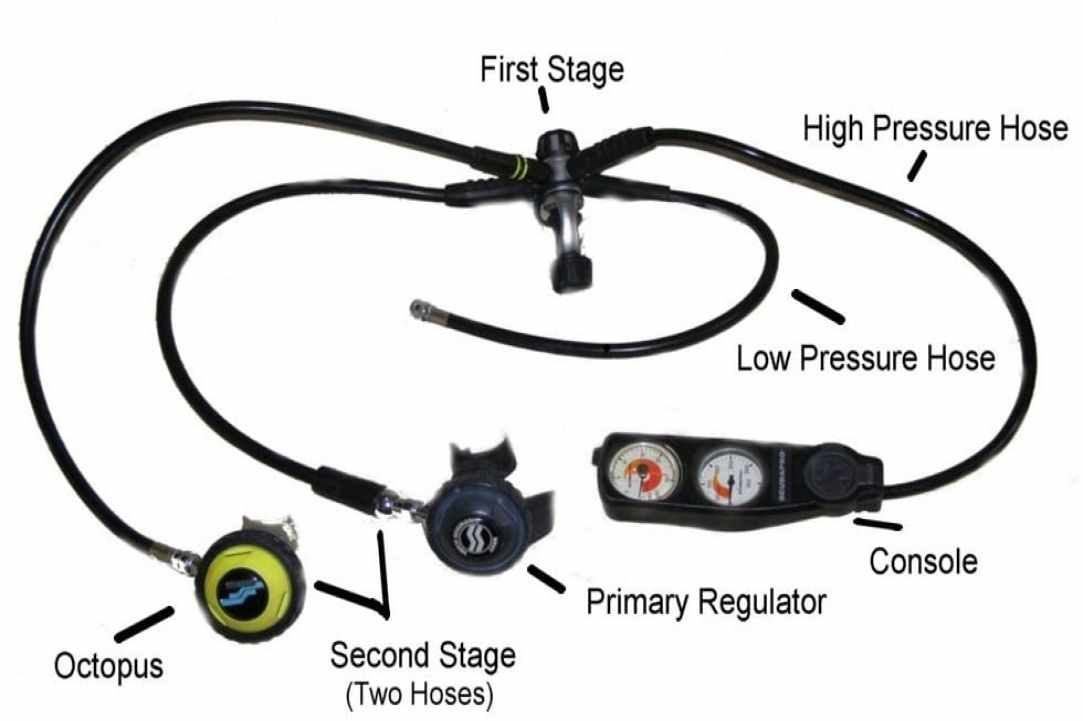
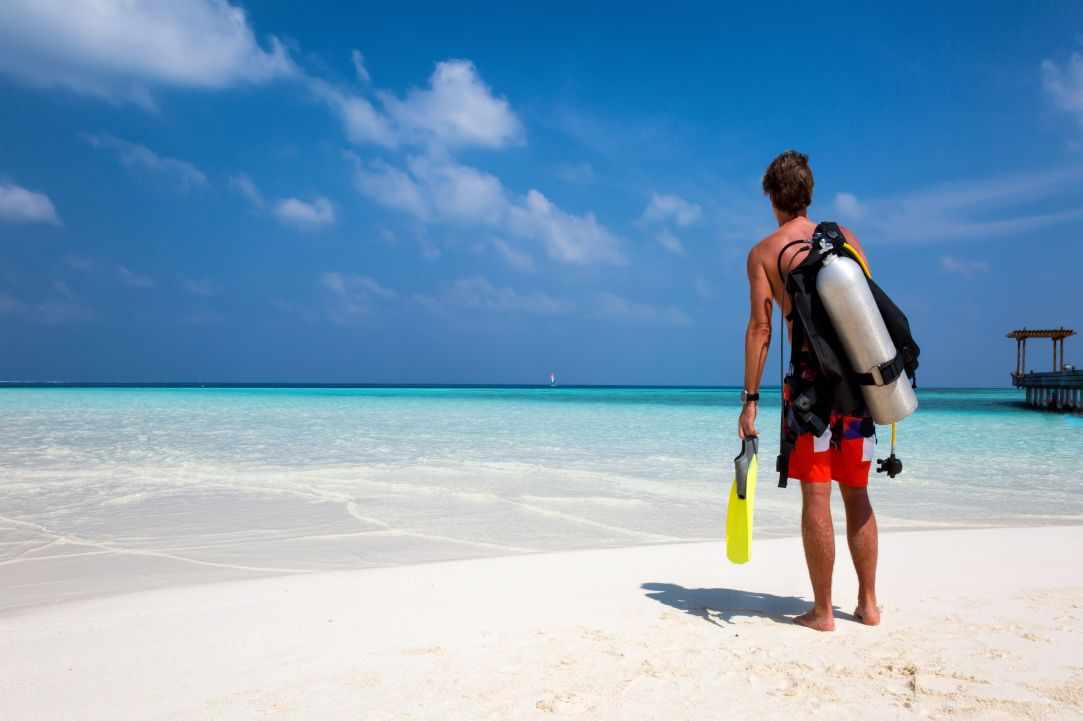
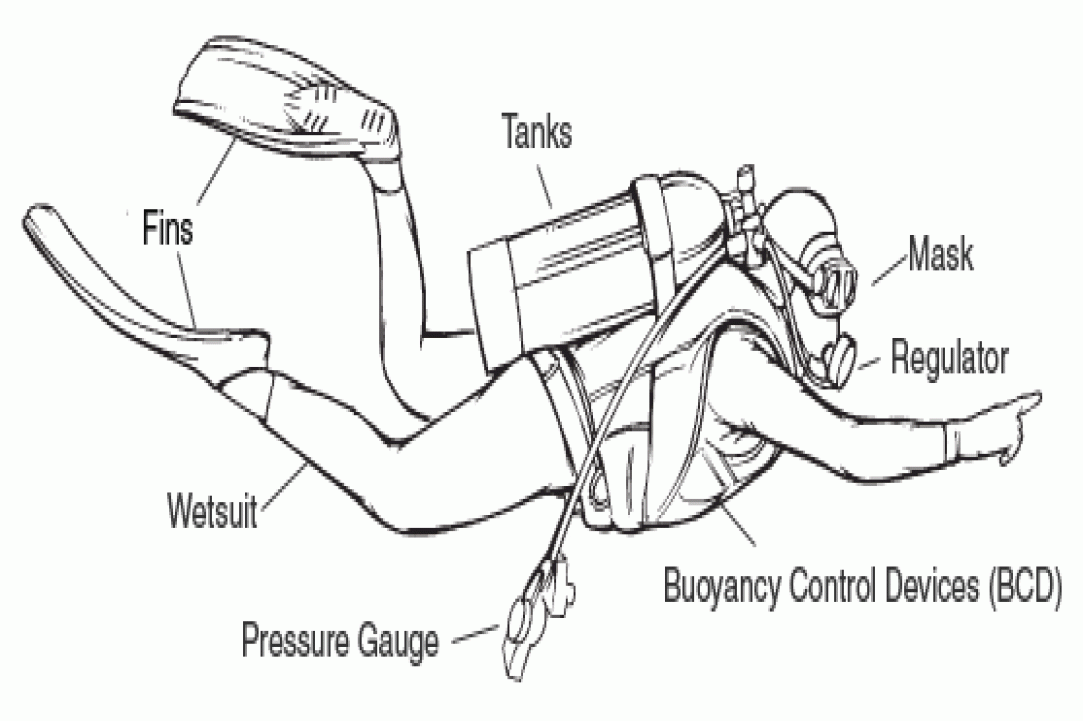
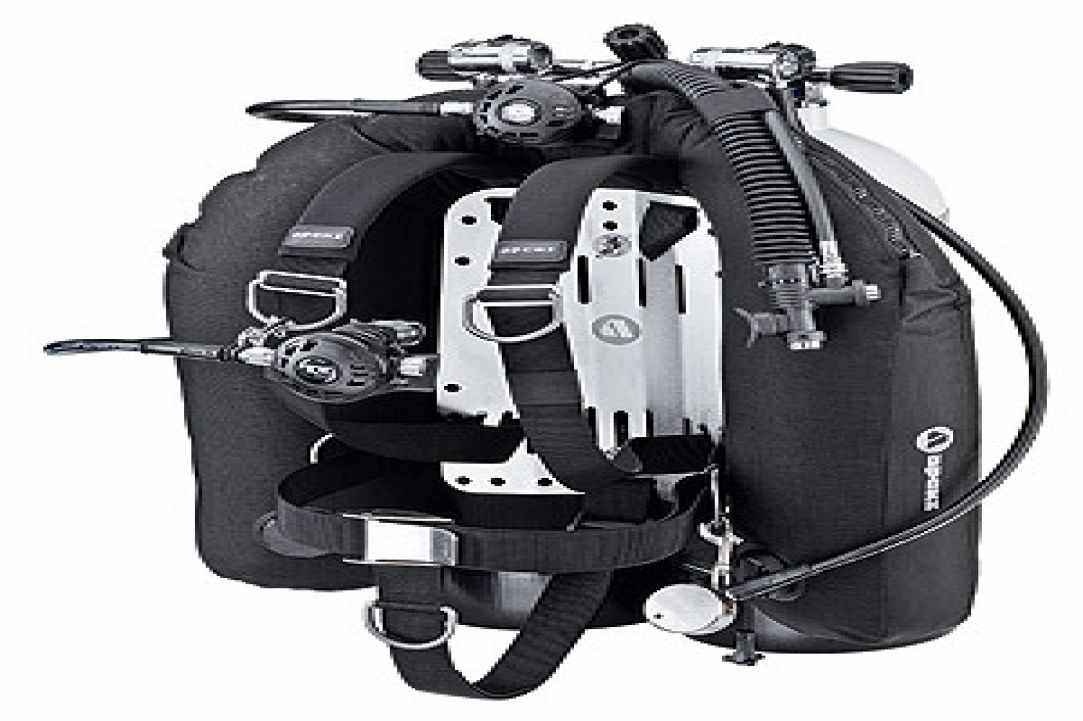

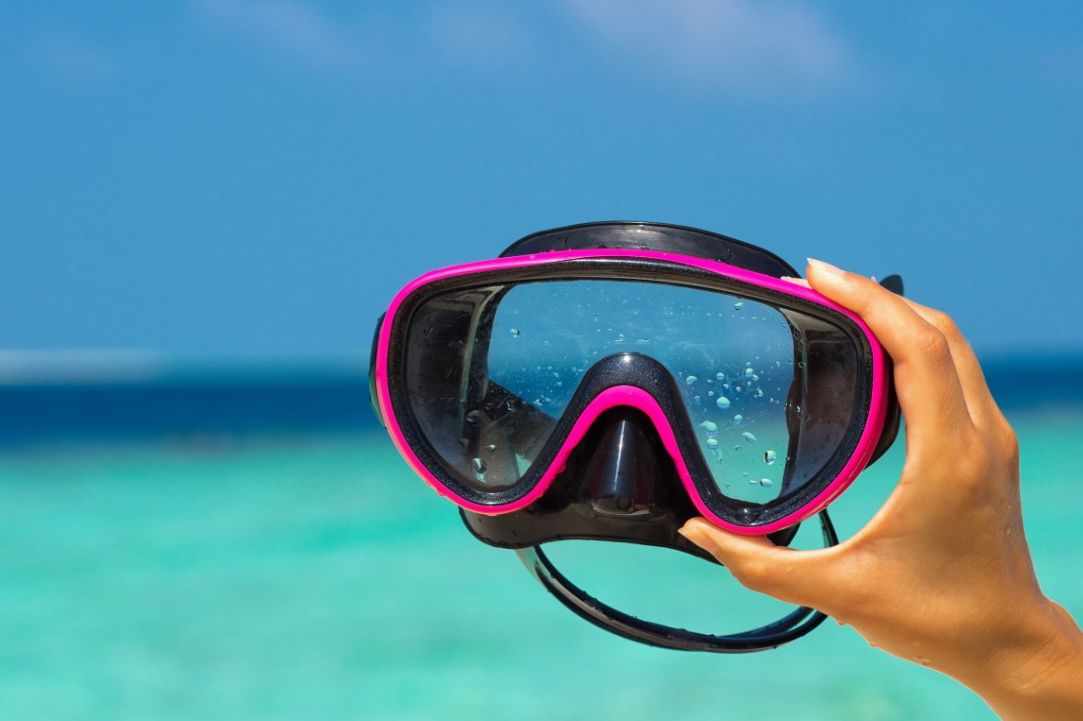
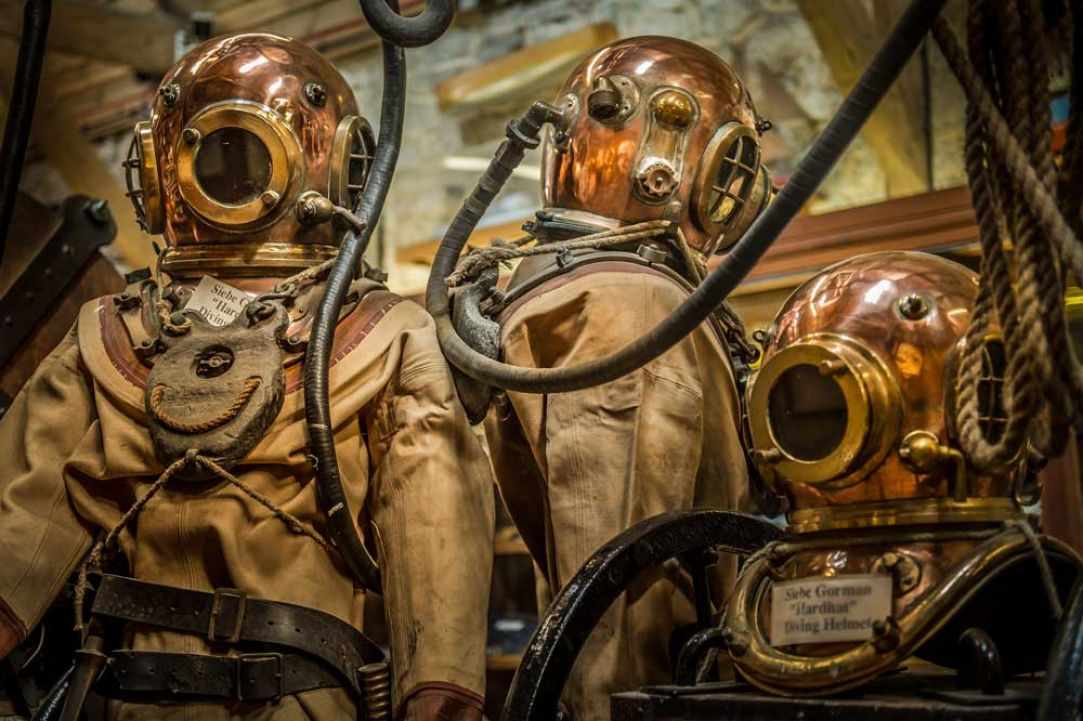
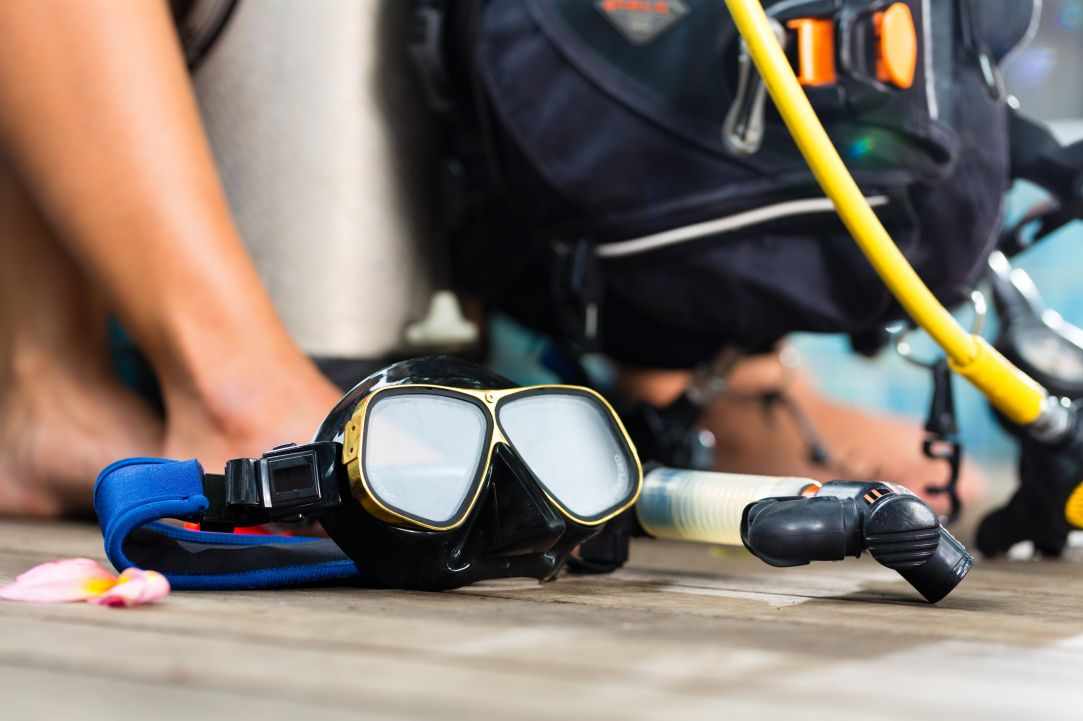


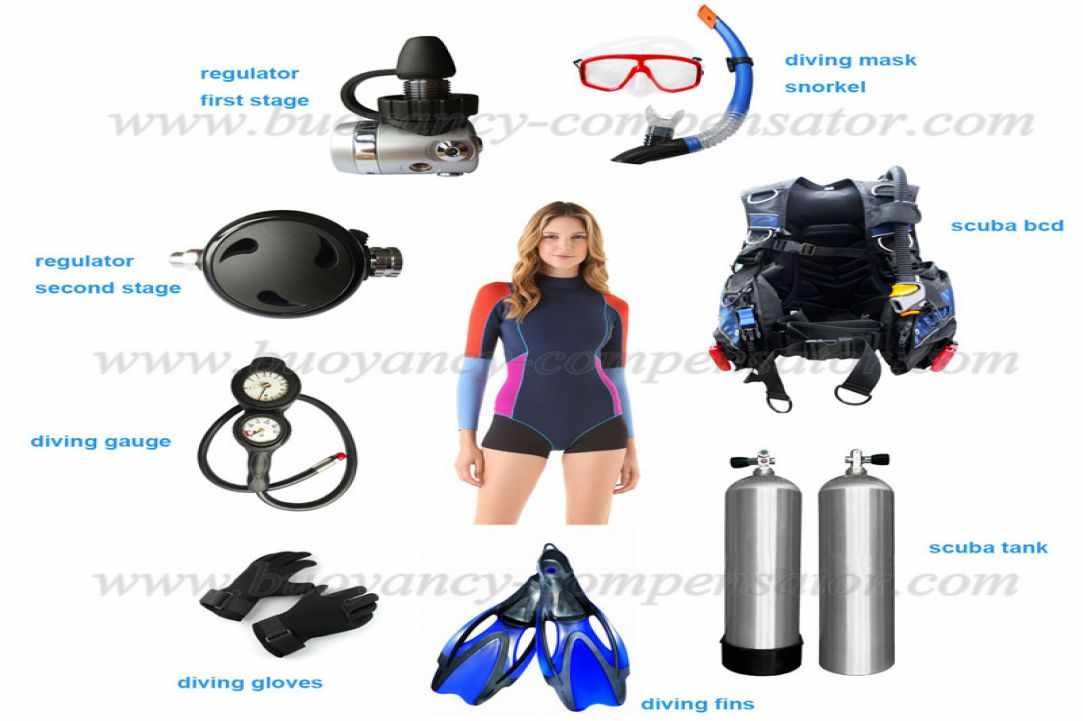
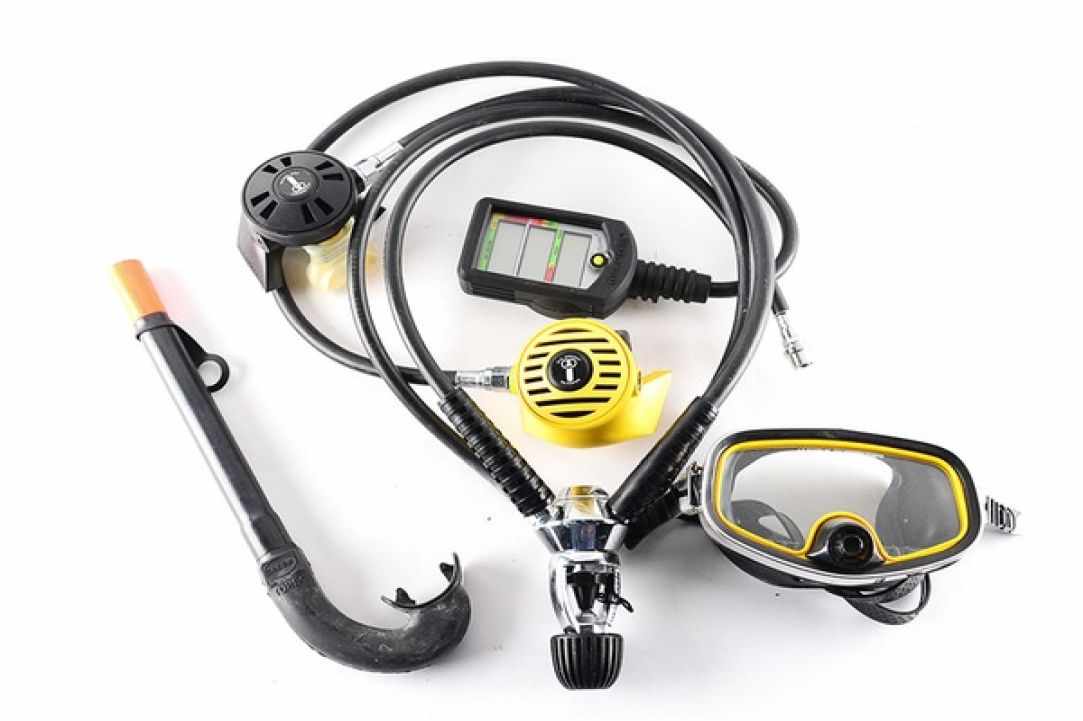
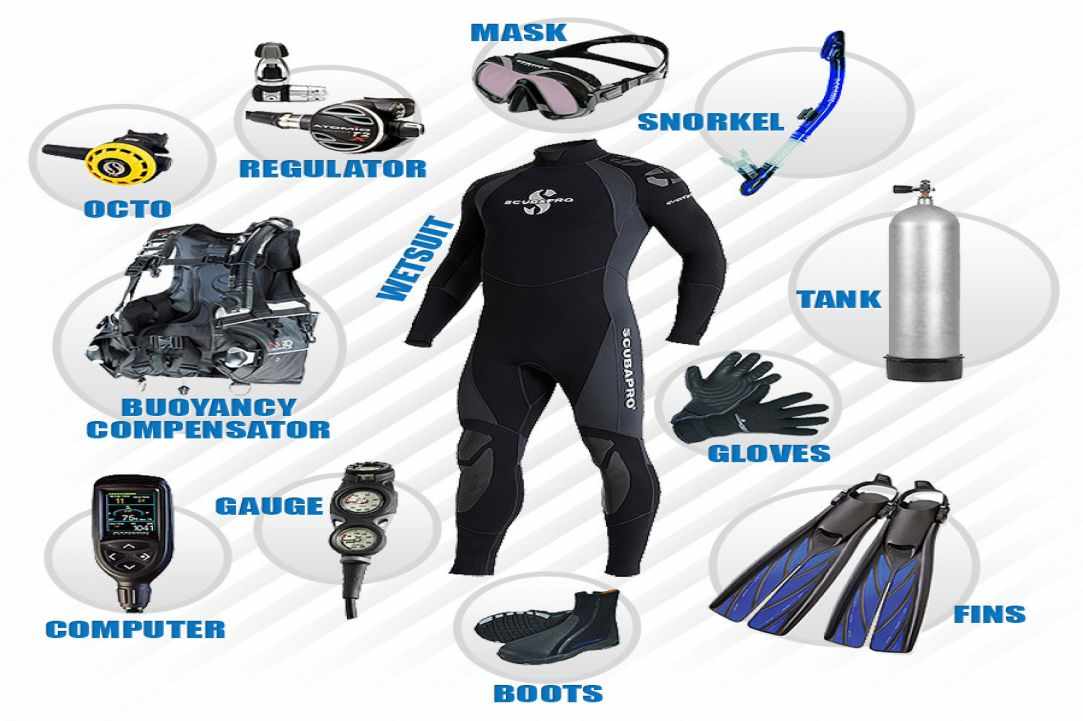
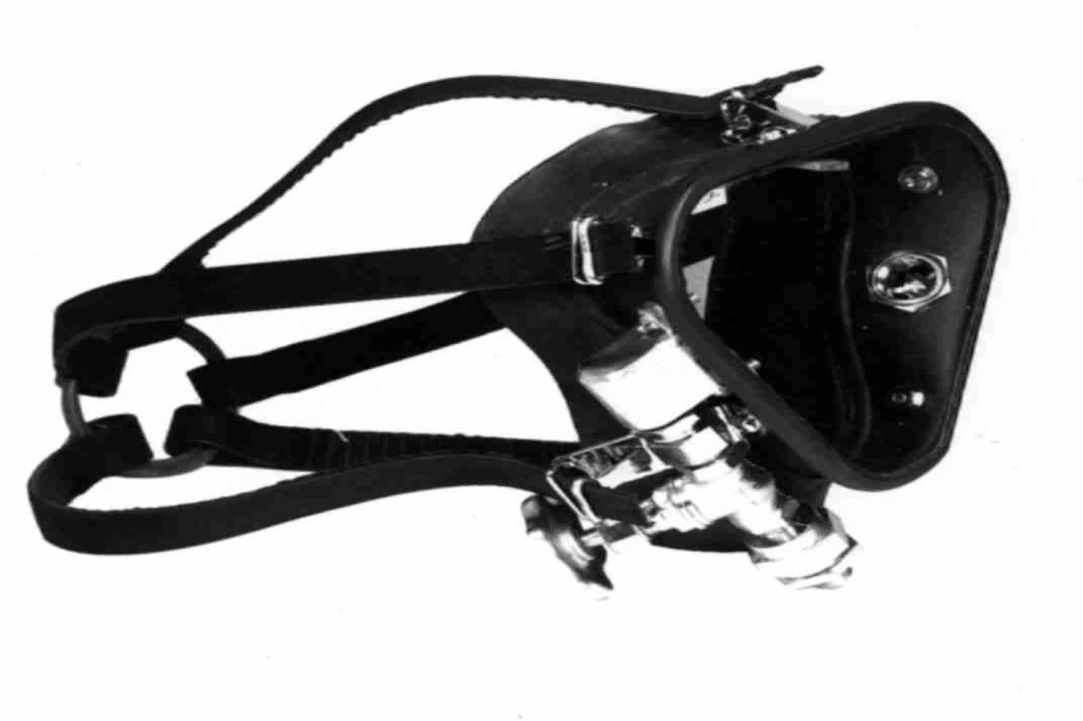
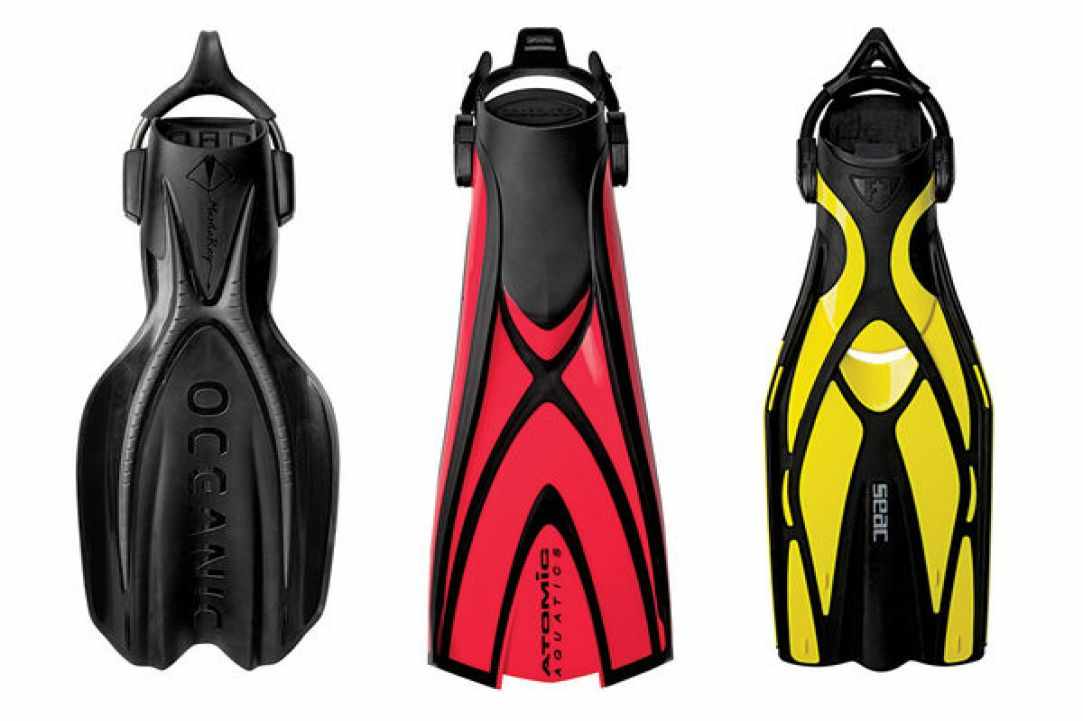
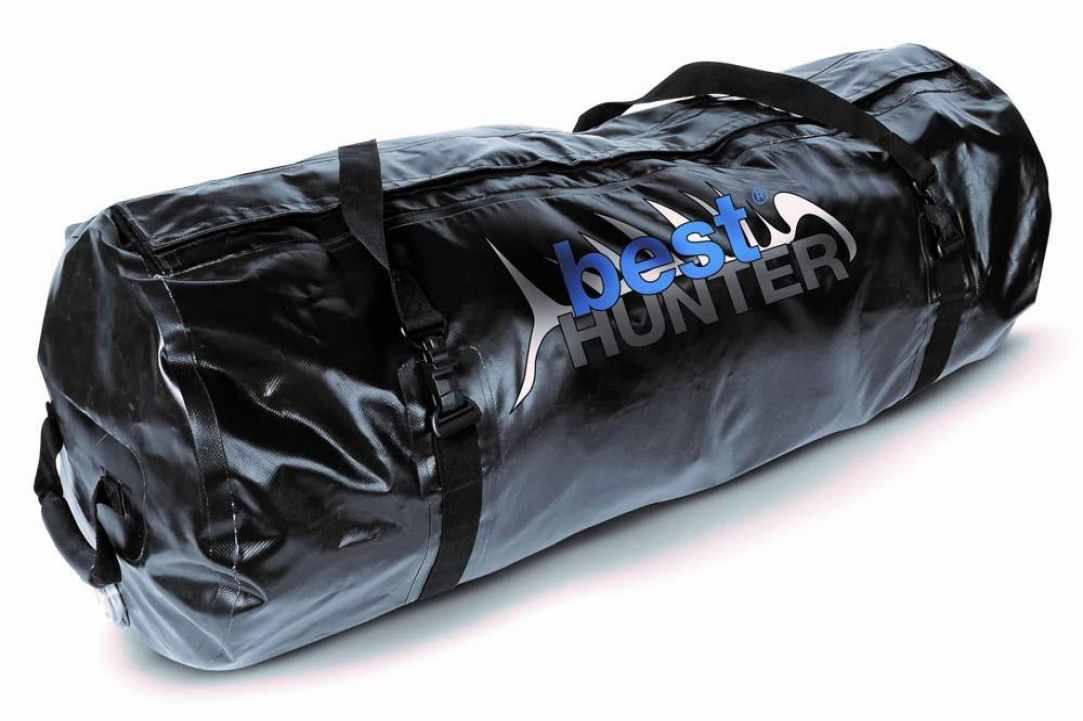
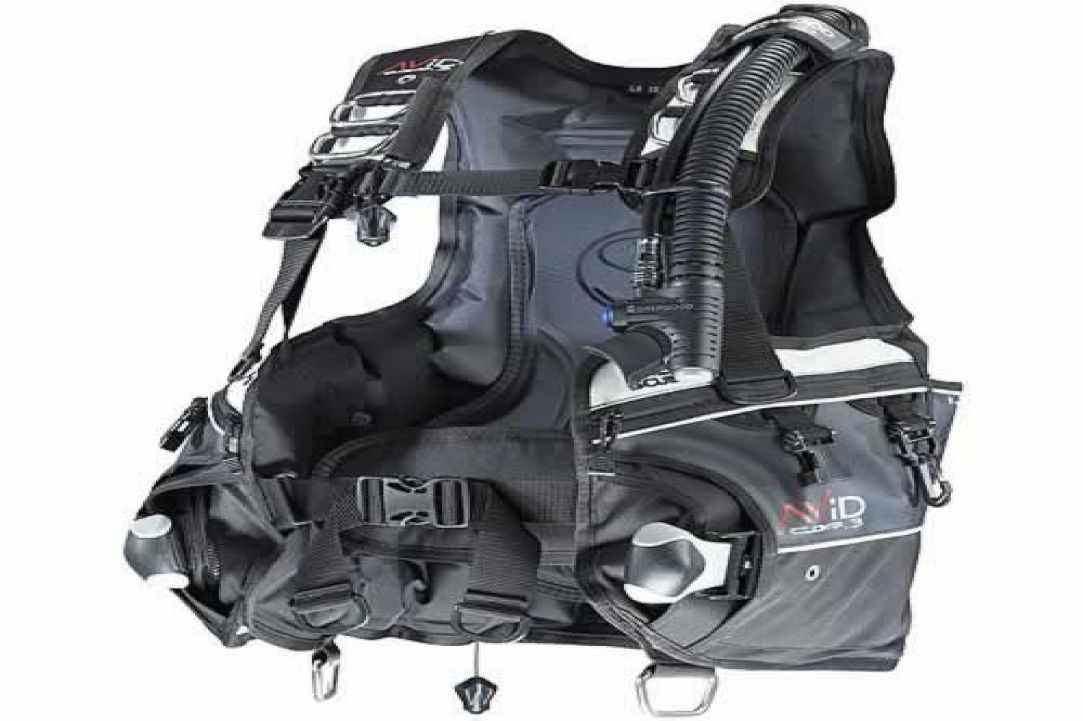
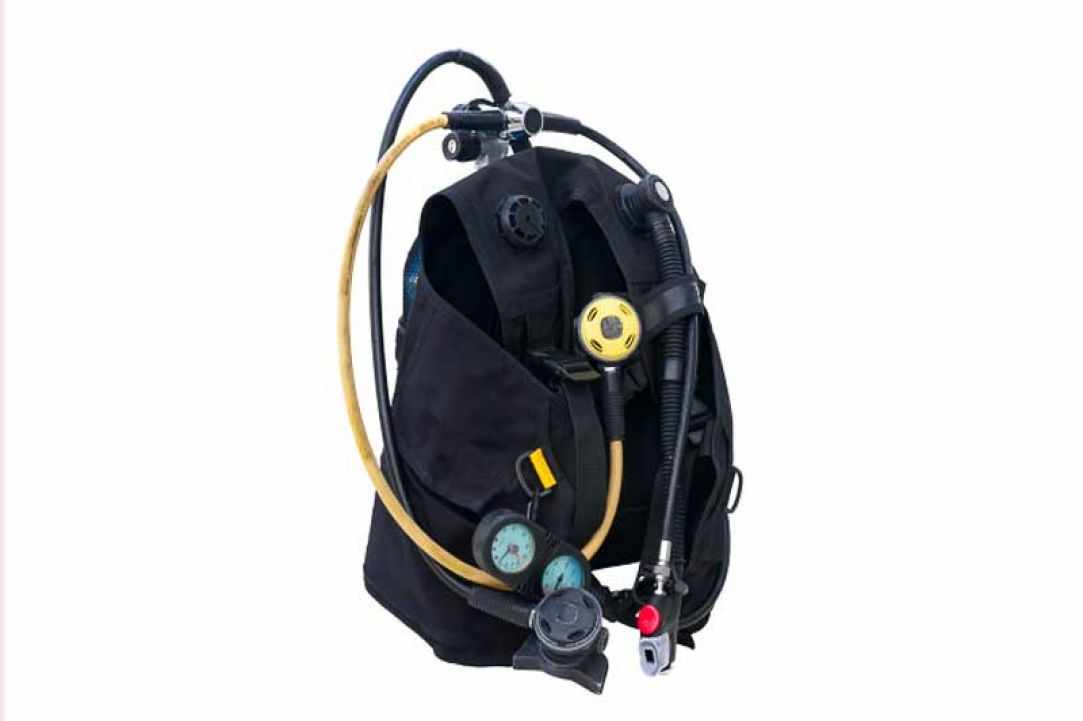
 Posted by
Эви Неоклеус
Posted by
Эви Неоклеус